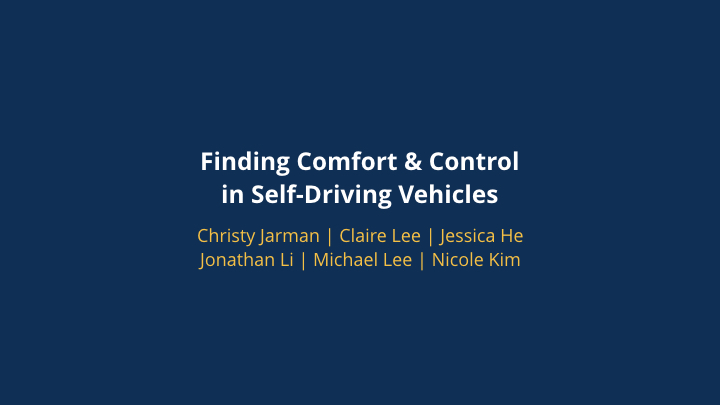
Designing the User Experience for autonomous vehicles
Our final project centered around understanding the implications of the user experience in a self-driving car.
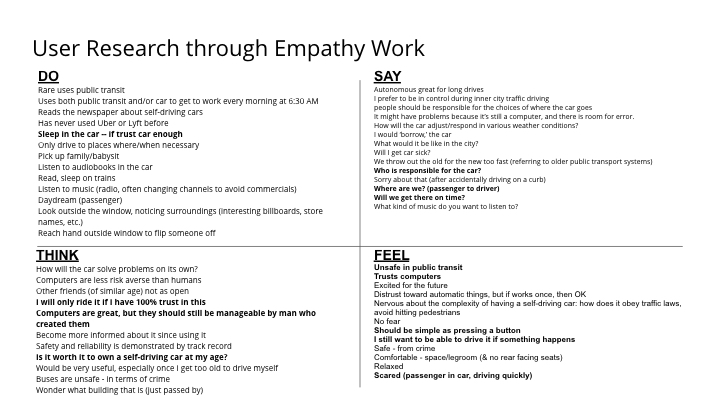
Methodology
This empathy matrix organizes the physical, verbal, psychological, and emotional expressions of our user audiences. Each quadrant consolidates responses from each team members' conducted interviews.
Findings: Self-driving cars lack the trust and control users would prefer in a normal vehicle.
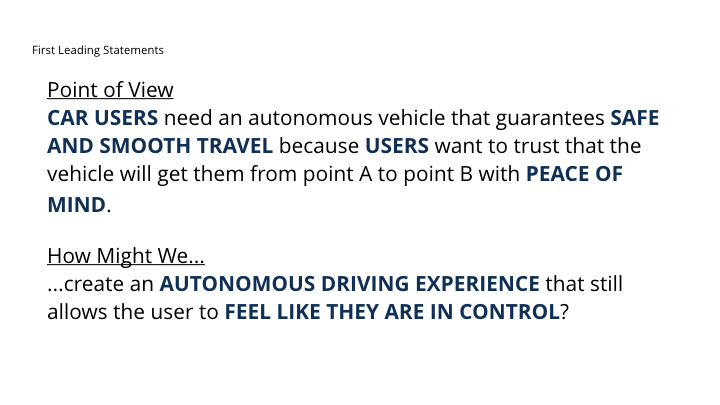
Approach
To clarify our design focus, we created:
A Point of View Statement which defines the audience in question and aims to address concerns discovered in our research.
A "How Might We" statement which sets the stage and goal for the project's further developments.

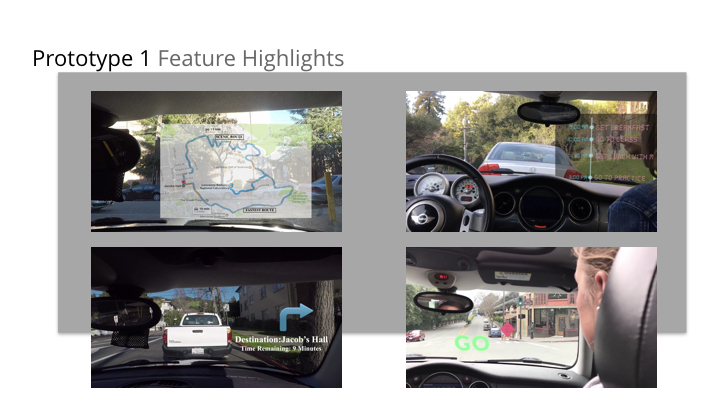
Features
3D Map
Touch Activation
Schedule Dashboard
Vocal + Visual Directions

A Change in Direction
After receiving feedback, we concluded that augmented reality may only affect the user's experience through visual manipulations rather than tangible effects.
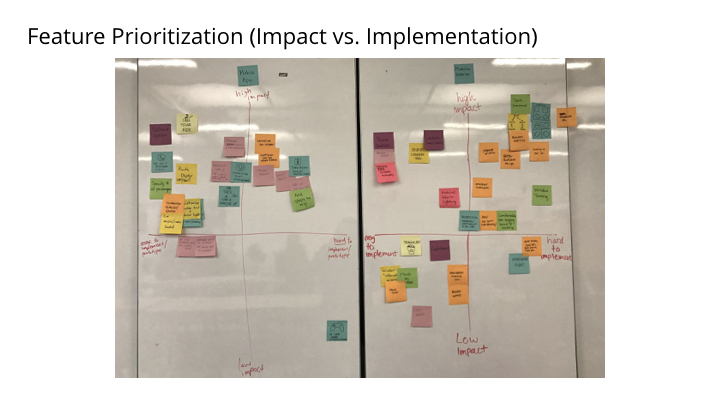
Digging Deeper
We revisited our previous interview findings to prioritize different qualities of the UX.
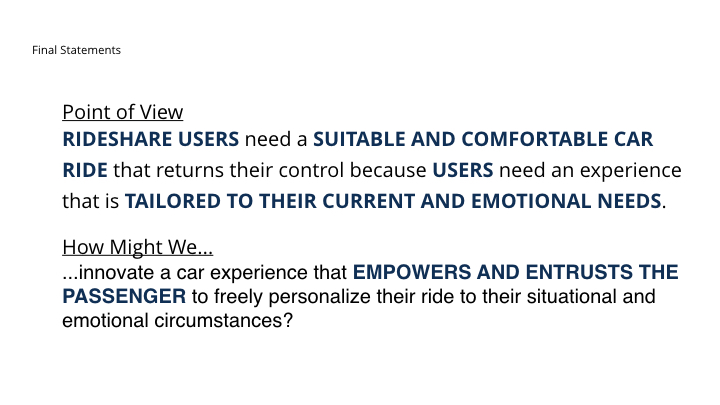
A New Approach
Thus, we revised our POV and HMW statements to focus on a niche audience: the rideshare users' trust and comfort in an autonomous vehicle.
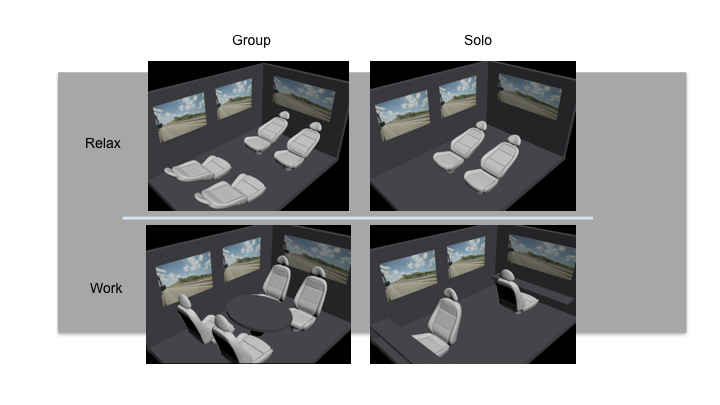
CADditions
Our engineers used AutoCAD to visualize seat configurations in various scenarios:
Relaxing vs. Working
Group vs. Solo
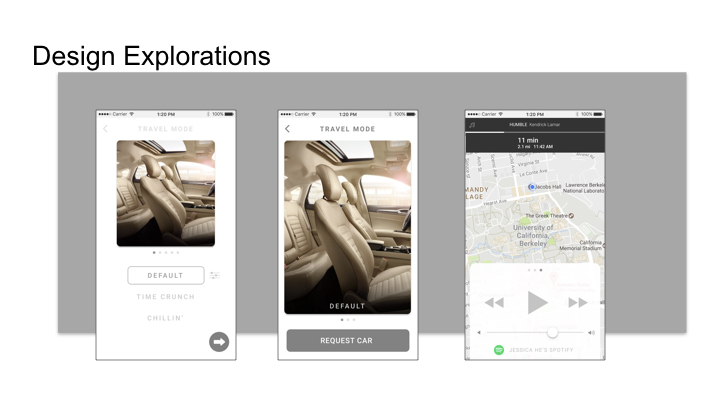
Developments
Through a mobile app, the interior of the autonomous vehicle would be customizable for users to regain control of their experience.
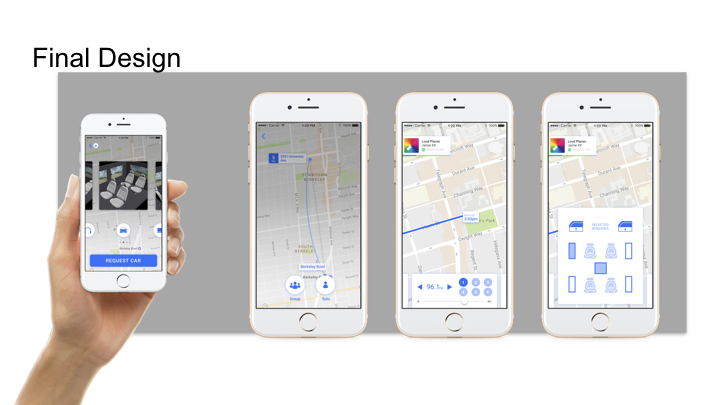
Developments
The app would include:
a friendly interface
for quick and easy onboarding
personalization
for seating preferences and music tastes
mood selection
for user comfort
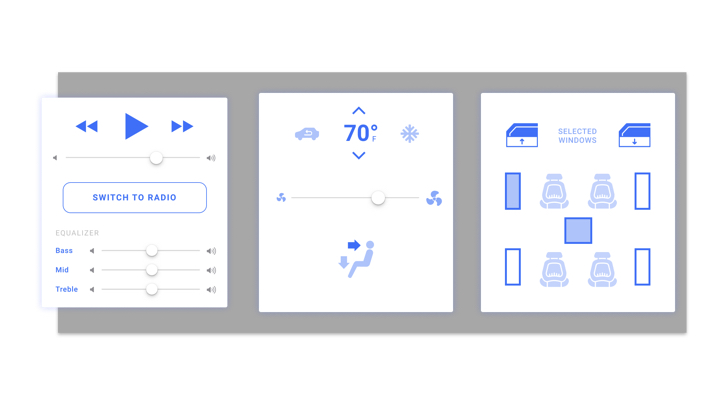
User Interface
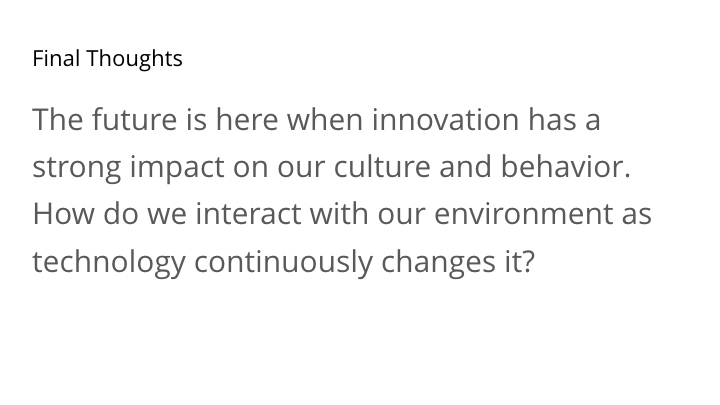
Conclusion
What could it be like if you were able to get from point A to point B at the touch of your screen?













